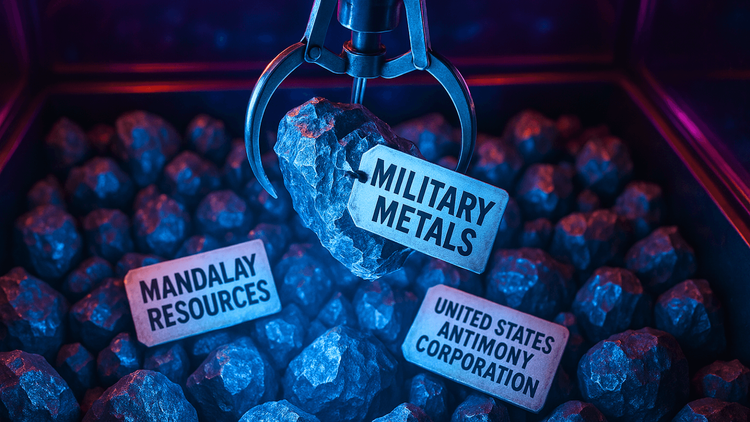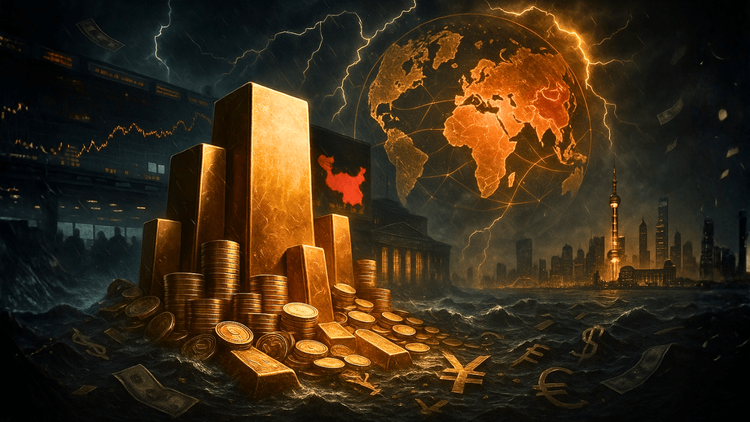How the G7 Is Reshaping the Future of Critical Mineral Markets
Securing the Minerals of Tomorrow, Today: How the G7 Plans to Rewire Global Supply Chains for the Energy Transition and Geopolitical Resilience

In a world increasingly driven by clean energy technologies, AI infrastructure, and advanced manufacturing, critical minerals have quietly become the linchpin of the 21st-century economy. On June 17, 2025, the leaders of the G7 nations took a bold step toward securing the future by launching the G7 Critical Minerals Action Plan, a sweeping declaration that places resource strategy at the very heart of geopolitical, economic, and environmental policy.
This action plan isn’t just about supply chains, it’s about sovereignty. The G7 now formally recognizes what market analysts and resource investors have whispered for years, critical minerals are no longer just commodities, they are strategic assets. With China’s grip tightening on rare earth elements and other key materials, the West is finally moving to diversify its sources, build transparent markets, and invest in resilient supply systems that can't be held hostage by geopolitical risk.
The Backbone of Digital and Green Economies
Critical minerals like lithium, cobalt, nickel, antimony, copper, and rare earth elements form the DNA of our modern infrastructure. From electric vehicles and wind turbines to quantum chips and military satellites, these materials are fundamental, not optional, for innovation and defense. The G7 leaders acknowledge that access to these materials underpins not just economic growth, but national security itself.
The new Action Plan builds on Japan’s Five-Point Plan from 2023 and Italy’s work in 2024, with a sharpened focus on traceability, responsible sourcing, and strategic partnerships. It recognizes that opaque markets and monopolistic behaviors have distorted pricing, inhibited innovation, and placed producers, especially in developing nations, at a systemic disadvantage. The goal now is to fix that.








